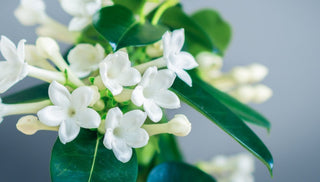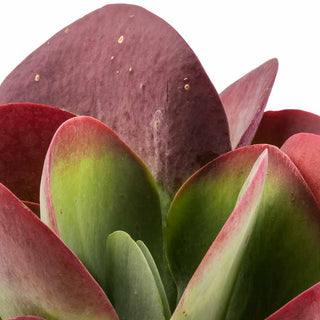☘ Origin: Mexico, Belize and Guatemala
☘ Botanical Name: Beaucarnea Recurvata
☘ Family: Asparagus
☘ Common Name: Ponytail Palm
Symbolism: For strong willed, free spirit, always on the move, loves to travel, loves intensely, warm hearted, and eternal optimist.
🍃 Shop Your Ponytail Palm Today!
🔆 Light
Prefers bright indirect light to full sun, and it can also adapt to medium light. Give your plant a turn every few days to expose all sides to light for even growth from all sides.
💧 Water
Water when the soil is completely dry. Water until liquid flows through the drainage hole at the bottom of the pot and discard any water that has accumulated in the saucer.
To give your plant the absolute best, room-temperature rainwater and bottled spring water are your best options. Any water containing sugar or salt will hurt your plant!
☁️ Humidity
As with most succulents, your Ponytail Palm will thrive in dry conditions. The drier the air, the better!
🌡️ Temperature
Protect your palm from cold drafts from windows, air conditioning vents, or doors. This plant prefers normal room temperatures between (15-27°C).
🧴️ Food
For best results, use a general houseplant fertilizer only once in the spring and once in the summer. Any more than that and your Ponytail Palm may develop brown tips on the leaves.
🐾 Toxicity
Completely non-toxic to humans and pets.
➕ Additional Tips
Ponytail Palm leaves are sensitive to injury and tend to get dark at the ends. Cutting back the tips of the leaves is a good way to preserve the appearance of the plant. The key is to use a sharp scissors to cut off just the discolored parts.



